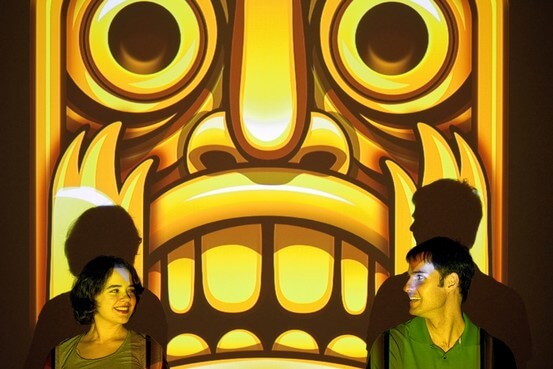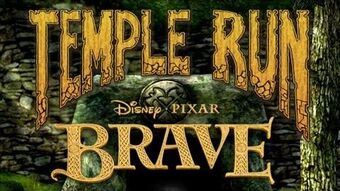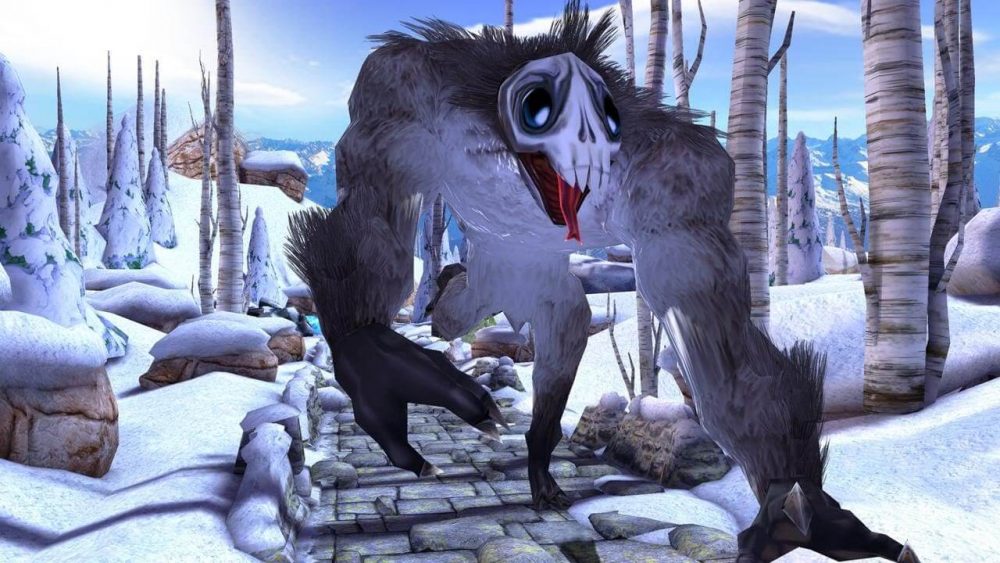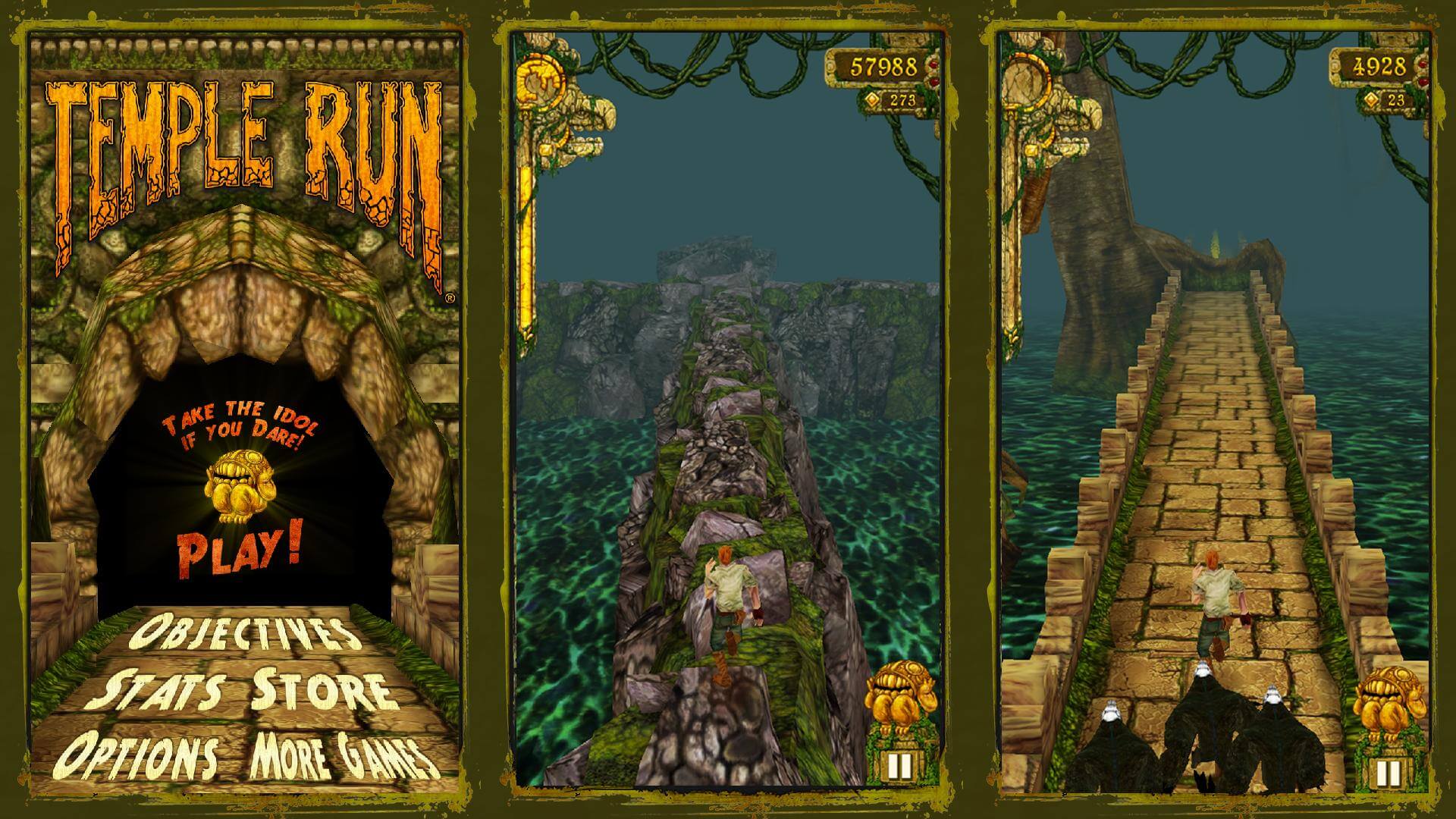If you have signed up for an endless running adventure in your PC gaming experience, then you can’t miss out on Temple Run. After all, it was at the forefront of running video games when Imangi Studios first released it in 2011. They brought the endless runner genre to the spotlight. Since then, they have achieved milestones and inspired others to follow their footsteps.
Wouldn’t it be fascinating to know a bit of history to the game’s humble start? How did the Temple Run creator react to the players’ reception and feedback? What made up their sky-rocketing success? We got you covered here, so sit back and read along.
Behind the scenes on its beginning

This game started with a simple dream. Natalia Luckyanova, a business owner of Imangi Studios, shared how there were only three people that started it. “We are a company of three people — my husband Keith Shepherd, myself, and our amazing artist Kiril Tchangov. We are completely self-funded,” she shared in an interview.
While it may seem far-fetched for three individuals to create a game of such huge success, it did not stop them. After all, Natalia and Keith, who are both software developers, always wanted their own business. So they made sacrifices — quitting day jobs and juggling responsibilities while creating games out of their Washington apartment — all of which paid off in the end. Kiril jumped in to work remotely with the couple from his home at Virginia. At this point, they were able to put into the App Store (now Play Store) several games already.
After their critically acclaimed but financially flopped game Max Adventure, they wanted something more quick and casual. The idea just unraveled to them one after another; the entire gameplay did not come to them instantly. They had to work things out one at a time after a series of conceptualization, trials, occasional disagreements, and more trials. Then, as it hoped for, Temple Run became a runaway hit!
What’s not to love about the Temple Run Game?
The game took a while to gain momentum, mainly because it first released in August 2011 as a paid app. Of course, our developers needed the money. Due to good reviews, it made it to the top of the paid games’ list. But as soon as it plummeted in numbers, they switched to free, capturing the broader market. Who wouldn’t love to play a free game, anyway?
But there was more to the game than meets the eye. The idea of Indiana Jones stealing an artifact along ancient walls, rocky slopes, and creaking bridges are all 90-degree paths that were thrilling. The game could last for minutes or only a few seconds, so you make the most of it when you’re playing. And if you lose, you could try again to beat your previous bests, which keeps your adrenaline pumping.
And who could forget about the demon monkeys? This thing is what keeps your character, and maybe you, running. They were the guardians of the cursed idol you have stolen, so it’s only natural for them to chase you. You know your way through the maze-like structures, but they know how to keep up with your pace! When you thought you lost them, one moment later, your trip and they can catch up with you already. There are also coins to collect along the way, making your rush more special.
The 3D environments and third-person perspective give a good, heart-pounding experience. The game provides a great mix of challenge and reward, that is why people keep on coming back for more.
The Temple Run’s Successful Track
Soon enough, Temple Run joined the ranks of other already popular games in a list of most downloaded games. But that is just the beginning. The game’s simplicity and addictive nature both contributed to it reaching a record of 1 billion downloads. Their careers speak for itself: the game has attained a fantastic global feat, indeed!
More Running Adventures in Temple Run

Temple Run was just the first in many more sequels that made its success inevitable. As earlier mentioned, it had a sequel: Temple Run 2. It promised and delivered improved graphics and better landscapes. There’s a zipline now and new obstacles. It picked up by the original game’s fans and was also a crowd puller. It gave the games and the sprint journey a sense of story despite about someone running away. To date, both are still covering updates by Imangi for its devout players.
Imangi also teamed up with Disney Pixar in 2012 in time for the release of the animated movie Brave. Thus, we had the spin-off Temple Run Brave. This version followed the movie’s protagonist Merida fleeing the Scottish forest as she tries to outrun Mordu, the demon bear in the well-loved kids’ film. It even included archery features to gain extra points, since Merida is an experienced archer.

In early 2014, news first came out that Imangi is bringing Temple Run to virtual reality. People were surprised but equally amazed, especially when Temple Run VR was finally out by December 2014. This immersive version brings you now to a snowy setting, which gives your gaming a new perspective.
Now, almost a decade after it released, Temple Run remains the top tier in the running game genre. While other games followed suit after the game’s unbeaten run (literally and figuratively), it is without a doubt that Temple Run has made a unique and impressive mark in history. Also, it etched a space into the hearts of all its players forever.




